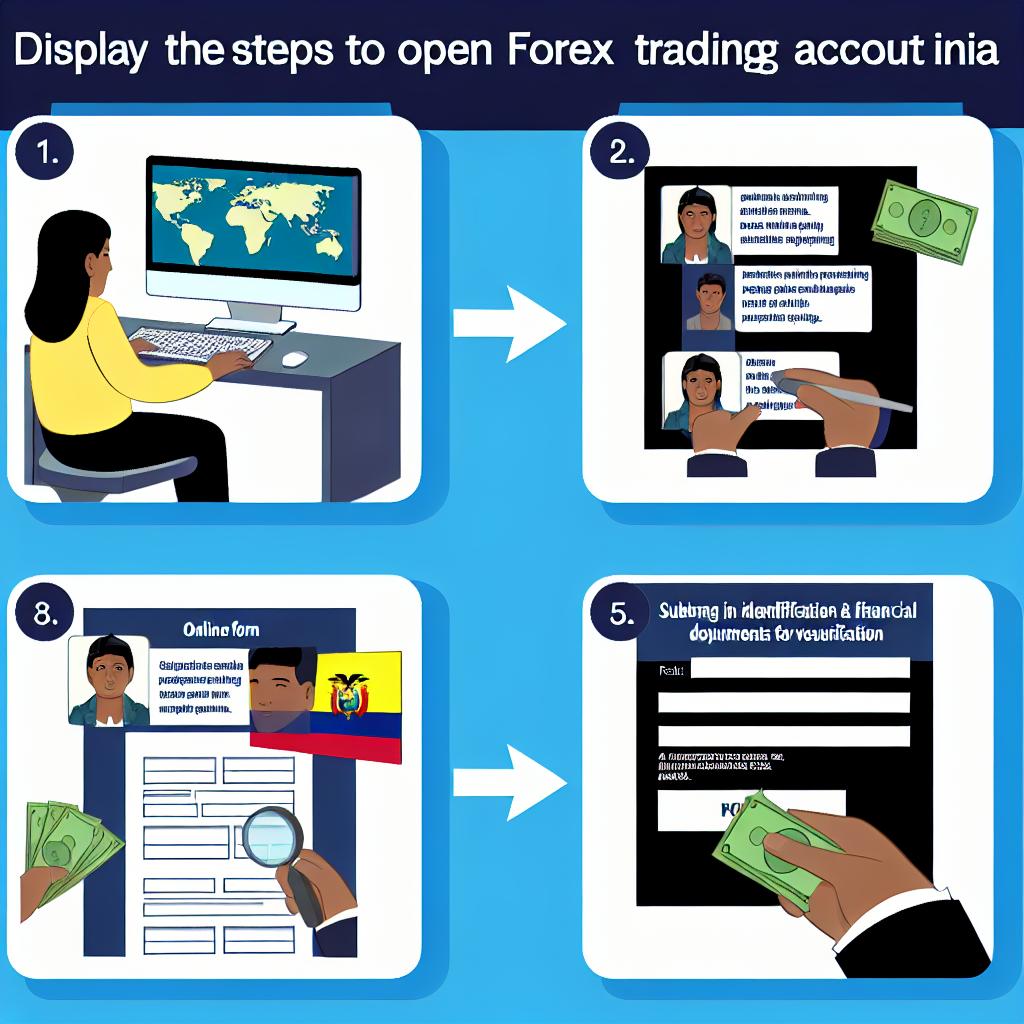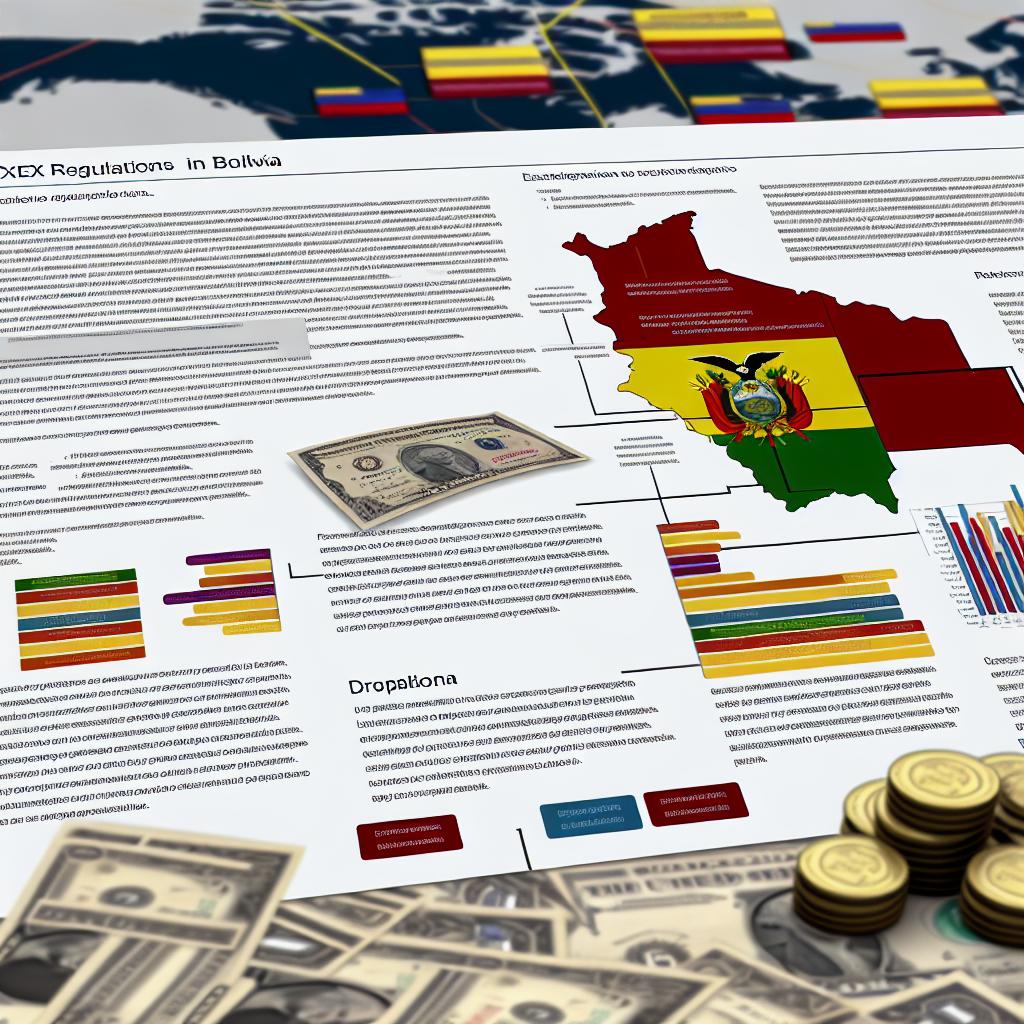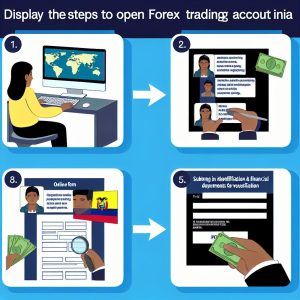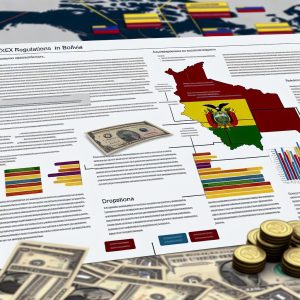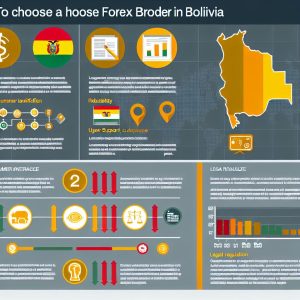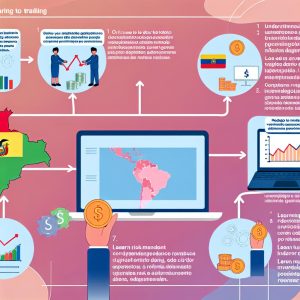How Bolivian Monetary Policy Affects Forex Trading
Understanding Bolivian Monetary Policy




Bolivia’s monetary policy plays a crucial role in shaping its economic landscape, influencing various sectors including foreign exchange (forex) trading. Managed by the Central Bank of Bolivia (Banco Central de Bolivia), the country’s monetary policy aims to achieve price stability, foster economic growth, and maintain the stability of the financial system.
Bolivia’s Monetary Policy Framework
Bolivia’s monetary policy involves controlling the money supply, adjusting interest rates, and managing the country’s exchange rate. The central bank uses these tools to influence inflation and stabilize the national currency, the Boliviano (BOB). This policy directly impacts the forex market by affecting currency valuation and trading strategies.
Impact on Inflation and Interest Rates
The Central Bank of Bolivia targets inflation rates to maintain economic stability. By adjusting interest rates, the bank influences borrowing costs, consumer spending, and investment. A higher interest rate usually attracts foreign investment, potentially increasing demand for the Boliviano and affecting its exchange rate.
Conversely, lowering interest rates can stimulate domestic economic activity by making borrowing cheaper, although it might also result in currency depreciation. Inflation rates and interest rates are closely monitored by forex traders as they provide insight into potential currency movements.
Key Objectives of Managing Inflation
An essential goal of the Bolivian monetary policy is to maintain inflation within a target range. Sustainable inflation levels ensure purchasing power stability for the Boliviano, influencing consumer confidence and investment. This delicate balance allows businesses to forecast costs effectively, encouraging productive investments and economic expansion.
Exchange Rate Policies
Bolivia has historically maintained a managed exchange rate regime, often pegging the Boliviano to the US dollar. This approach aims to keep the currency stable. However, significant external economic shocks may result in adjustments to this strategy.
Forex traders keenly observe the exchange rate policies, as changes can lead to volatility in the currency markets. A stable exchange rate can create predictable trading environments, while sudden adjustments might offer opportunities or risks depending on a trader’s position.
Flexibility in Exchange Rate Strategy
While a managed exchange rate is preferred for stability, Bolivia’s central bank also retains the flexibility to adjust currency pegs based on international economic events. For example, drastic fluctuations in the US dollar or regional economic trends may lead to a recalibration of the pegging arrangement to safeguard the nation’s economic interests.
Role of Forex Reserves
Bolivia’s foreign exchange reserves are a vital component of its monetary policy strategy. They offer a buffer against external shocks and are used to stabilize the Boliviano’s value. Large reserves may signal the central bank’s capability to defend the currency, fostering confidence among forex traders.
Traders analyze reserve levels to assess the likelihood of currency intervention by the Central Bank. Significant changes in these reserves can indicate potential shifts in monetary policy, affecting trading strategies.
Significance of Reserve Management
Maintaining robust forex reserves is paramount for Bolivia to cushion the economy in times of global economic turbulence. These reserves facilitate the central bank’s ability to conduct open market operations as needed to stabilize the financial system and support national economic objectives.
Influence on Forex Trading Strategies
Understanding Bolivian monetary policy is essential for forex traders looking to include the Boliviano in their portfolios. By analyzing interest rate decisions, inflation trends, exchange rate policies, and foreign reserve levels, traders can make more informed decisions.
The interplay between these elements provides insights into currency valuation and risk management strategies, making it crucial for traders to stay abreast of policy announcements and economic data releases from Bolivia. In doing so, traders can better navigate the complexities of the forex market, maximizing their potential for profit while minimizing risk.
Integrating Policy Analysis into Trading Models
Traders who incorporate Bolivian monetary policy considerations often develop intricate models that assess potential shifts in policy against likely market reactions. These models evaluate historical and current economic data, creating a foundation for predicting future currency trends and movements.
Challenges in Monitoring Economic Indicators
Forex traders focusing on the Boliviano face challenges such as analyzing diverse economic indicators from Bolivia, understanding regional economic relations, and identifying international trade patterns. Accurately interpreting these elements is essential for effective currency trading and long-term investment success.
Strategic Approaches for Forex Traders
For successful engagement in Bolivian forex currency trading, traders often employ strategic approaches such as diversification, leveraging news events, and hedging against economic uncertainties. These tactics enable traders to enhance their profit margins while minimizing exposure to potential financial downturns.
Engagement with Monetary Policy Developments
Proactive engagement with ongoing monetary policy developments involves closely monitoring announcements by the Central Bank of Bolivia. Traders who incorporate these insights into their broader market analyses often gain a competitive edge in realigning their trading tactics with current economic conditions.
Conclusion
The complex dynamics of Bolivia’s monetary policy extend far beyond simple economic principles, encompassing a wide range of strategies and decisions aimed at maintaining economic stability and growth. For forex traders engaging with the Boliviano, a profound understanding of these policies is essential. Through thorough analysis and strategic application, traders can optimize their trading strategies, navigating the volatile world of the forex market with greater efficacy and confidence.
This article was last updated on: April 21, 2025


